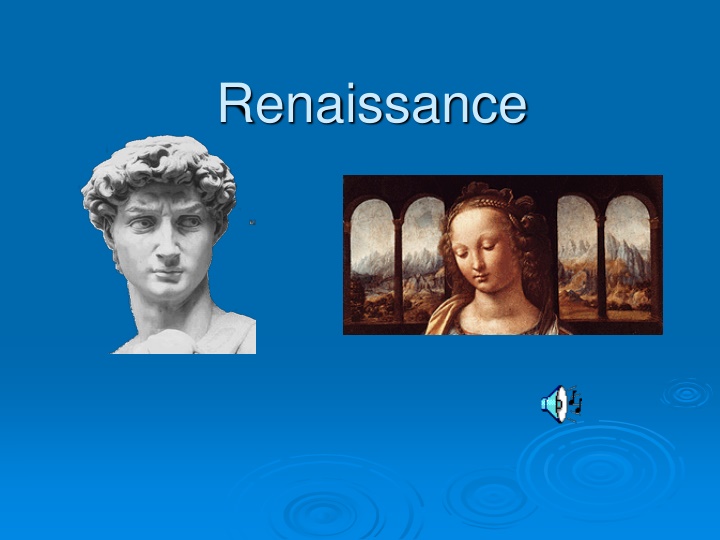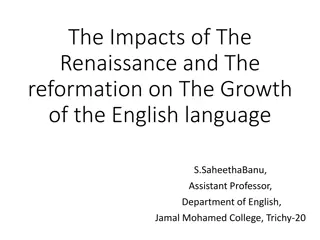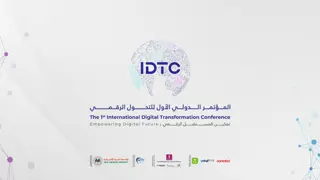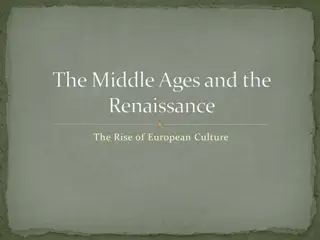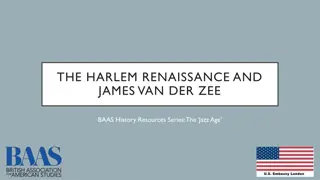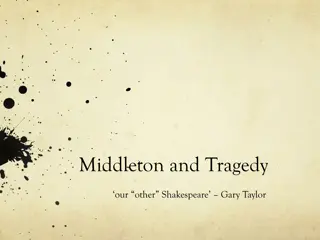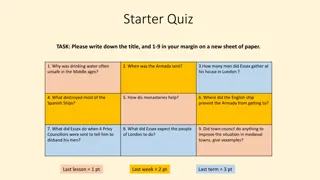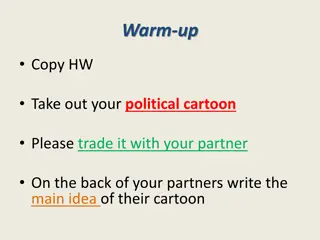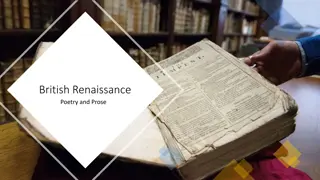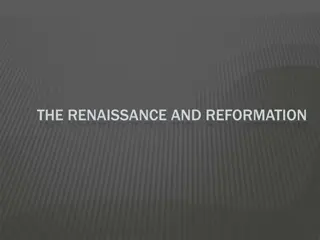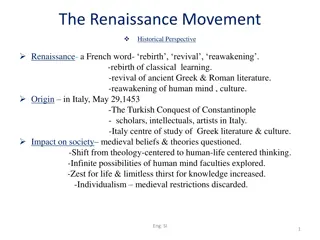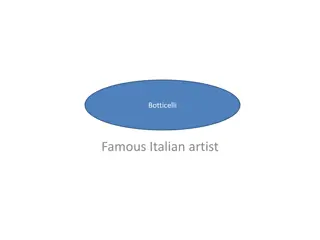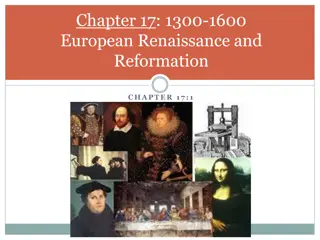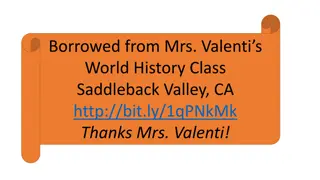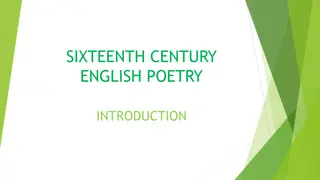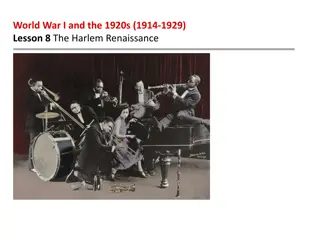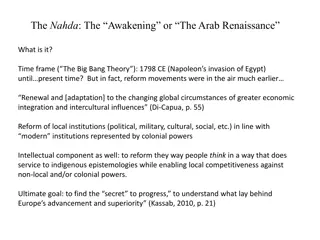The Renaissance: A Period of Innovation and Transformation
The Renaissance period marked a significant shift in European history, bridging the gap between the Middle Ages and the modern era. It was characterized by a renewed focus on humanism, art, education, and science, leading to groundbreaking developments in various fields. This era saw the rise of private enterprise, the birth of modern capitalism, and the spread of humanist ideals. Figures like Niccolo Machiavelli and Johannes Gutenberg played pivotal roles in shaping the cultural landscape. The Renaissance also challenged traditional religious authority and emphasized the importance of individuality and intellectual pursuits.
Download Presentation

Please find below an Image/Link to download the presentation.
The content on the website is provided AS IS for your information and personal use only. It may not be sold, licensed, or shared on other websites without obtaining consent from the author.If you encounter any issues during the download, it is possible that the publisher has removed the file from their server.
You are allowed to download the files provided on this website for personal or commercial use, subject to the condition that they are used lawfully. All files are the property of their respective owners.
The content on the website is provided AS IS for your information and personal use only. It may not be sold, licensed, or shared on other websites without obtaining consent from the author.
E N D
Presentation Transcript
I. The Renaissance was the period that followed (brought Europe out of) the Middle Ages. It was a time of renewed interest in things of this world. A. B. C. Human beings and their conditions Education, art, literature, and science Approximately 1300 - 1600
II. The Renaissance started in Italy where wealth from trade supported art learning. A. Private individuals or companies, not the government, owned businesses. The main goal is profit. Here also modern capitalism was born. B. Citizens participated. Republican government arose in most cities.
III. Niccolo Machiavelli (1469-1527), in The Prince (1513) said, basically, one must do whatever one must do to get and stay in power. If it works, it is the "right" thing to do. Forget ideals; lie, cheat, even murder if you must. A stable state is needed.
IV. Humanism, a system of thought and action concerned with human interests and values, was the dominant movement of the Renaissance. A. Human beings have dignity and intelligence. B. They (we) can change the world and make it a better place for all.
V. The ideal so-called Renaissance man was successful in business, well-mannered, educated, athletic, and brave. A. The goal of education became making people well-rounded. B. Religion remained important, but the authority and some practices of the church began to be questioned.
Gutenberg Bible C. The Gutenberg Bible, named for the craftsman and inventor of printing by use of moveable type, Johannes Gutenberg, was completed in 1455 at Mainz, Germany. The three-volume Latin text arguably represents the greatest single innovation in the history of communication technology, as well as a style of printing that existed almost unaltered until the twentieth century. Gutenberg s invention and the dispersion of relatively cheap printed materials ultimately stimulated enormous change social, political, economic, and religious. Some forty perfect vellum copies of Gutenberg s masterpiece of technological advancement still exist in the world.
A.Leanardo da Vinci (1452-1519) painted (Mona Lisa), studied geology, chemistry and anatomy, designed buildings, canals and weapons, and sketched engines and flying machines.
B.Michelangelo Buonaroti (1475-1564) painted (the Sistine Chapel ceiling), sculptured (David), designed buildings, and wrote poetry.
C.Desiderius Erasmus (1469?-1536), a priest who wrote books, The Praise of Folly 1509, condemned ignorance and superstition. He believed education could lead to more perfect societies.
E. Titian (1485-1576) More art can be viewed at the Louvre Museum.
F. William Shakespeare wrote plays showing humans as in God's image, but part of this world as well.
Shakespeares Hamlet To be or not to be .
Renaissance Dance 1st Published-1650-John Playford- English Dance Master. Contained 360 dances and lessons. Most designed for longway sets of three couples are more. Use any number. For dancing country-dances.
British Monarchs of the Period Last of the Plantagenet Dynasty War of the Roses 1455-1485 House of Lancaster House of York House of Tudor Official British Royal Family Web site
Edward III (1312-1377) Plantagenet
Richard II (1367-1400) Plantagenet
Henry IV (1367-1413) Lancaster
Henry V (1387-1422) Lancaster
Henry VI (1421-1471) Lancaster
Edward V (1470-1483) York
Henry VII (1457-1509) Tudor
Henry VIII (1491-1547) Tudor Catherine of Aragon Anne Boleyn Jane Seymour Anne of Cleves Catherine Howard Catherine Parr
Edward VI (1537-1553) Tudor
Lady Jane Grey (1537-1554) 9-day reign
Mary I (1516-1558) Tudor
Elizabeth I (1533-1603) Tudor Sir Walter Raleigh Sir Francis Drake Defeat of the Spanish Armada 1588
